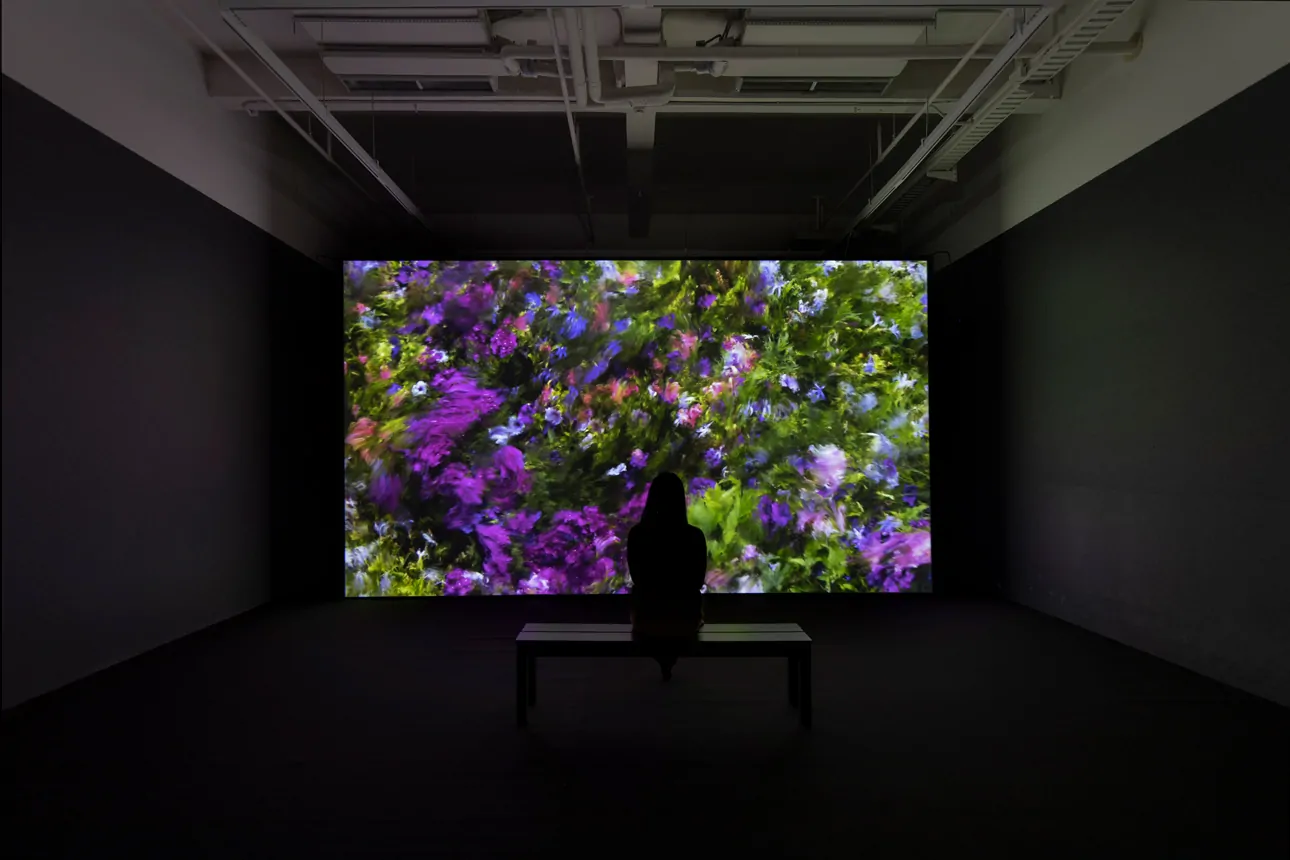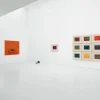Infinite Images: The Art of Algorithms
12th July, 2025 – 30th November, 2025
Toledo Museum of Art
2445 Monroe St, Toledo
OH 43620-1500
A Sweeping Look at How Artists Have Embraced Code, Systems, and Structure to Create Visual Meaning
This summer, the Toledo Museum of Art presents an ambitious exhibition exploring how artists have used systems, repetition, and structured processes to shape visual expression. Infinite Images: The Art of Algorithms, on view from 12 July through 30 November, spans more than six decades and features 24 artists working with everything from pencil and paper to plotters and programming.
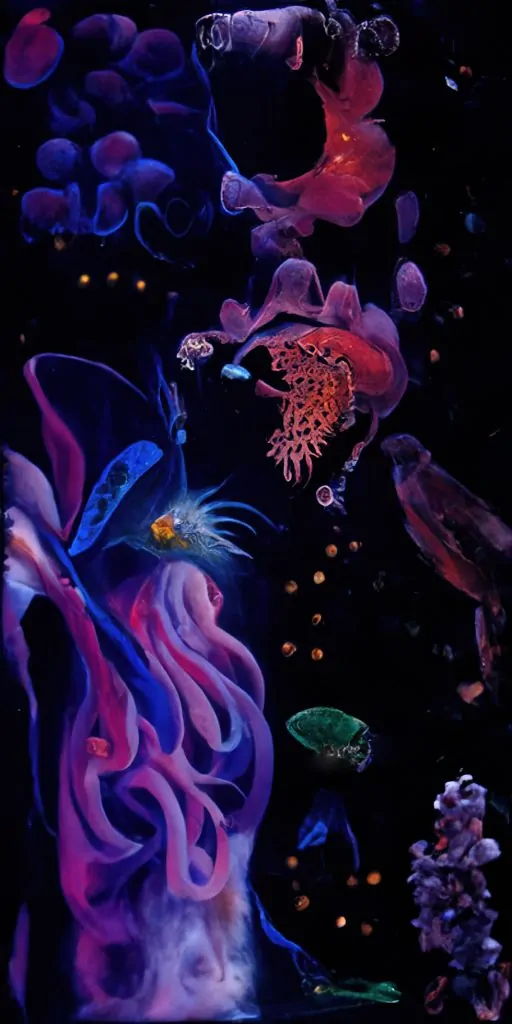
Curated by Julia Kaganskiy, the exhibition places contemporary artists—many using digital tools—in conversation with earlier figures known for their interest in rules, grids, and methodical creation. Works by Josef Albers and Vera Molnár, two of the 20th century’s most influential abstract artists, appear alongside recent pieces by Sarah Meyohas, Casey Reas, and others.
The show begins with a pairing of Albers’ Homage to the Square (1965) and Molnár’s Interruptions (1968), the latter made using one of the earliest computer-controlled drawing machines. While created with different tools, both works reflect a shared interest in form, repetition, and controlled variation. Rather than drawing a hard line between digital and traditional art, the exhibition suggests a continuum—one in which technology is a means, not an end.
Many of the participating artists, such as Tyler Hobbs, Emily Xie, and 0xDeafbeef, are being shown for the first time in a major U.S. museum. Their works are presented not as novelties of the digital age, but as part of a longer history of artists seeking meaning and rhythm through structure.
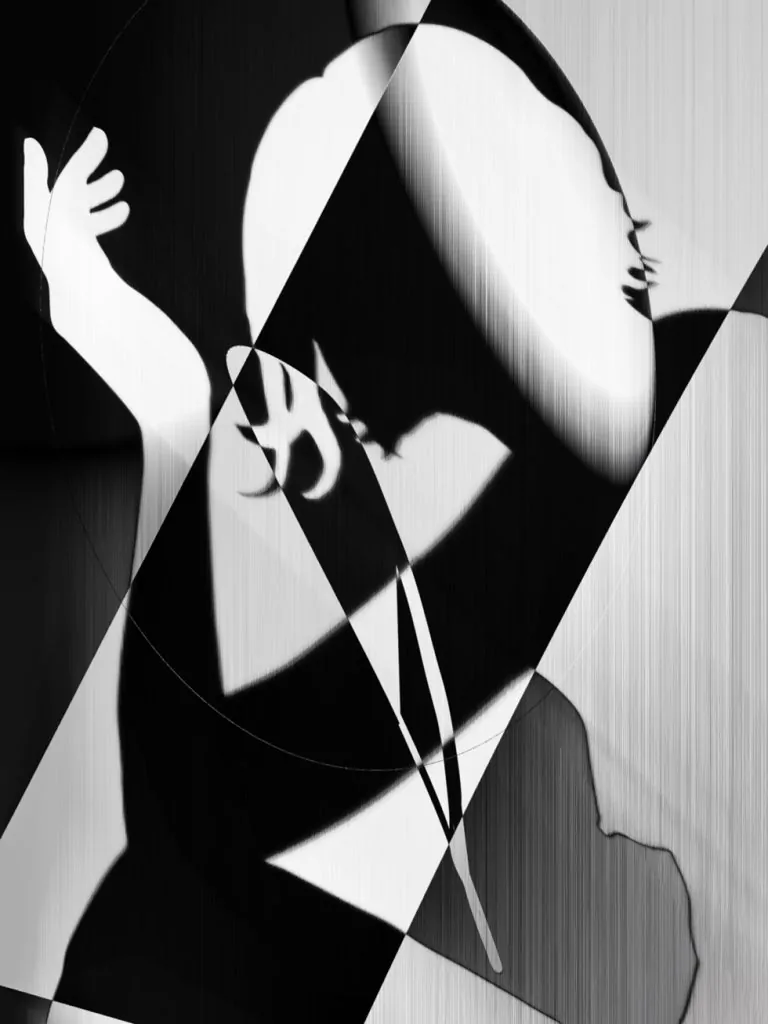
The exhibition is arranged in four thematic sections:
“The Imaginary Machine” introduces the idea of artists using rules to guide their creative choices. Vera Molnár’s early drawings—at first devised by hand, later executed with machines—serve as a foundation. Her Interruptions series, made in 1968 with a computer and mechanical plotter, shows how she translated visual logic into something repeatable yet unpredictable.
“Chance and Control” looks at how randomness has been used as a tool for discovery. One example is Autoglyphs (2019), a series of simple, intricate drawings created with a short set of written instructions. These were generated at the time they were first collected by viewers and preserved in digital form. During the exhibition, a drawing machine will create ten new versions each day, which visitors can take home on a first-come basis.
“Digital Materiality” explores how artists engage with the tactile and visual qualities of digital work. For this exhibition, 0xDeafbeef has created a hands-on sculpture based on his earlier audiovisual experiments. Designed with physical switches and dials, the piece invites viewers to explore its sound and motion in real time—blurring the lines between instrument, artwork, and machine.
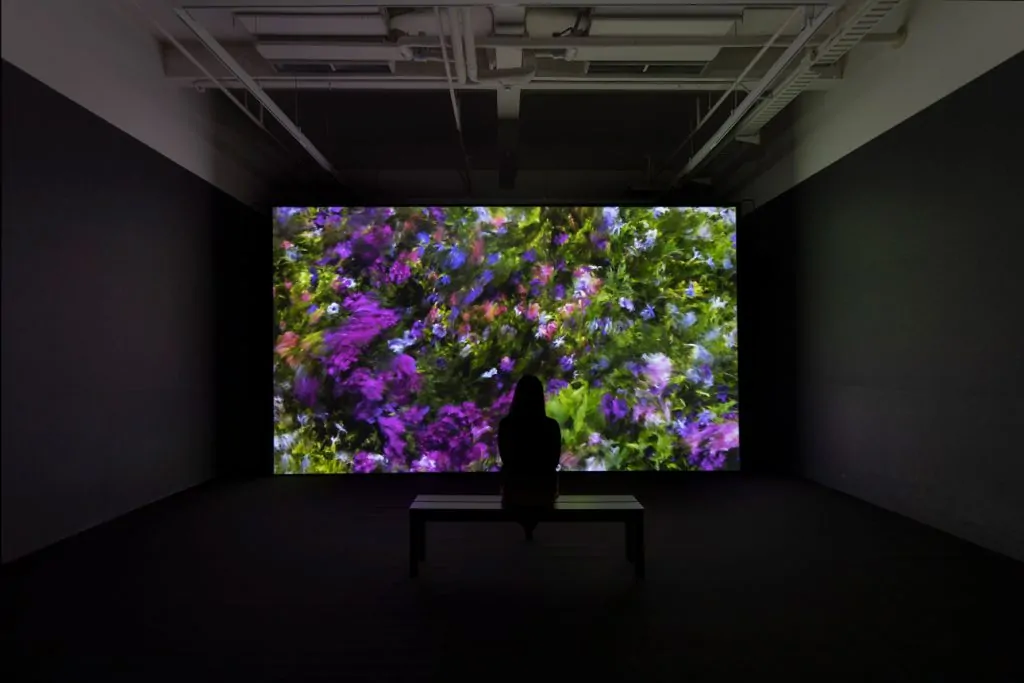
“Coded Nature” features work inspired by natural systems—growth, decay, and change. Earthly Delights 3.2, by Casey Reas, uses moving images drawn from botanical photographs. The result is a slow-shifting sequence that never repeats, reflecting how even structured systems can produce endless variation.
“This show honours artists who have worked within constraints—whether geometric, procedural, or computational—as part of their creative practice,” said Adam Levine, Director of the Toledo Museum of Art. “It also highlights the ways today’s artists are using these methods not to distance themselves from the past, but to carry forward its questions and possibilities.”
Featured artists include: Anni and Josef Albers, Max Bill, Dmitri Cherniak, Sofia Crespo, 0xDeafbeef, Entangled Others, Tyler Hobbs, Larva Labs, Sol LeWitt, Zach Lieberman, LoVid, William Mapan, Sarah Meyohas, Vera Molnár, Operator, Quayola, Casey Reas, Anna Ridler, Monica Rizzolli, Sam Spratt, Snowfro, Jared Tarbell, and Emily Xie.
Infinite Images: The Art of Algorithms is supported by Susan and Tom Palmer, the Taylor Automotive Family, Dana and Blackdove, and the Ohio Arts Council.
Infinite Images: The Art of Algorithms opens on the 12th of July, 2025 until the 30th of November, 2025 at Toledo Museum of Art
©2025 Toledo Museum of Art


